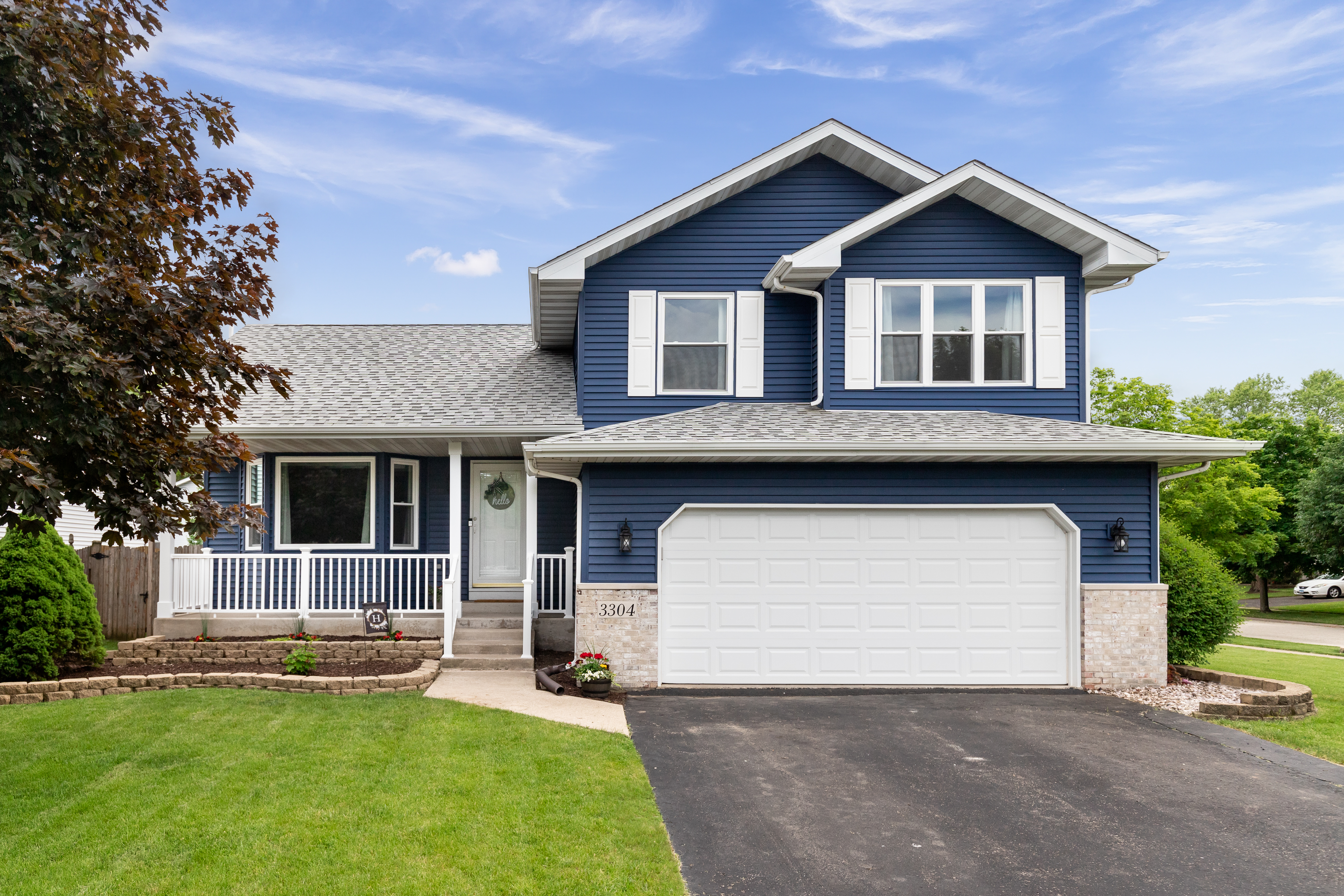Many of us hardly think about our roofs as long as they're working. But your roof is a powerful tool in helping you beat the heat and make your home more sustainable. This article points out several ways you can use your roof to keep your home cool in summer, including installing solar panels. When you're ready to make your roof work harder for your home, learn more about going solar with Panasonic.
With heat continuing to soar across the nation, you might be looking to every option available to lower your energy bills and endure the powerful sunshine beating down on your home. But just as your roof is your first line of defense against elements such as wind and rain, it’s also your first line of defense against excessive heat. Here are some tips and tricks – some simple, some complex – about how to use your roof to beat the heat in both this and future summers.
Roofing color
This is almost literally the oldest trick in the book. Darker colors absorb heat, while lighter colors reflect and bounce it away. So the choice of roofing color (whether shingles, materials or just painting the roof) makes a big difference. While light tan and light gray are some of the most energy-efficient roofing colors, black, dark gray and dark brown are among the worst for deflecting heat.
That said, while a light-colored roof is most efficient, roofing color is probably the least important element of a summer-friendly roof. Nonetheless, when combined with other efficiency factors, a light-colored roof adds one extra step of effectiveness.
Materials and coatings
Material plays one of the biggest roles in energy efficiency. Asphalt shingles, tiles, wood shakes, concrete, metal shingles, concrete and terra-cotta clay tend to reflect more heat. In some cases, these materials require a light polymer coating to become fully effective as a cool roof.
Cool roof coatings come in numerous forms. A white reflective coating made of the correct materials might reflect as much as 80% of sunlight. Aluminum flakes suspended in resin can reflect between 50% and 70% of heat.
If you want to add a cool roof coating to the roof you already have, expect to pay between $.15 and $2.50 per square foot.
The choice of cool roof coating depends on many factors, including your location, budget and existing roof. A roofing pro can help you sort out your choices. In some cases, you might even qualify for a residential energy efficiency tax credit.
By the way, don’t overlook your attic ventilation. Even an efficient cool roof still transfers some heat, and attic ventilation is a valuable tool to keep heat from invading your living space.
Rooftop solar power
Of course, you can do more with your roof than simply reflect it away. The most efficient use of the heat is to put it to work in your home. For this task, you can install rooftop solar panels or even solar shingles to soak up heat and convert it into electricity. This is one of the easiest forms of renewable energy and tends to pay for itself in a few years. Plus, solar systems are eligible for generous state, local and federal tax credits, so talk to a nearby tax pro to see how they can help your taxes.
On average, rooftop solar systems cost between $17,000 and $32,000 to install.
This article is written by Paul F. P. Pogue from Ask Angi and was legally licensed via the Tribune Content Agency through the Industry Dive Content Marketplace. Please direct all licensing questions to legal@industrydive.com.




